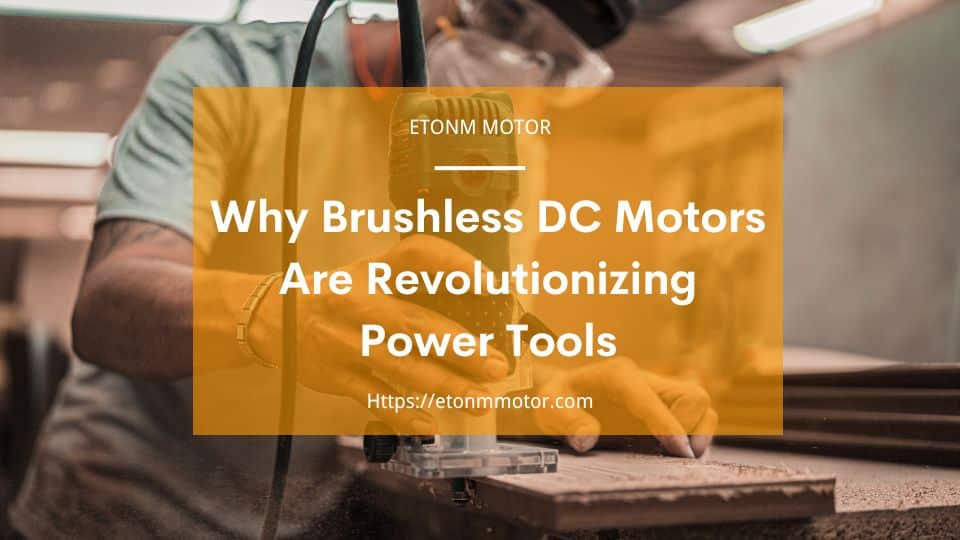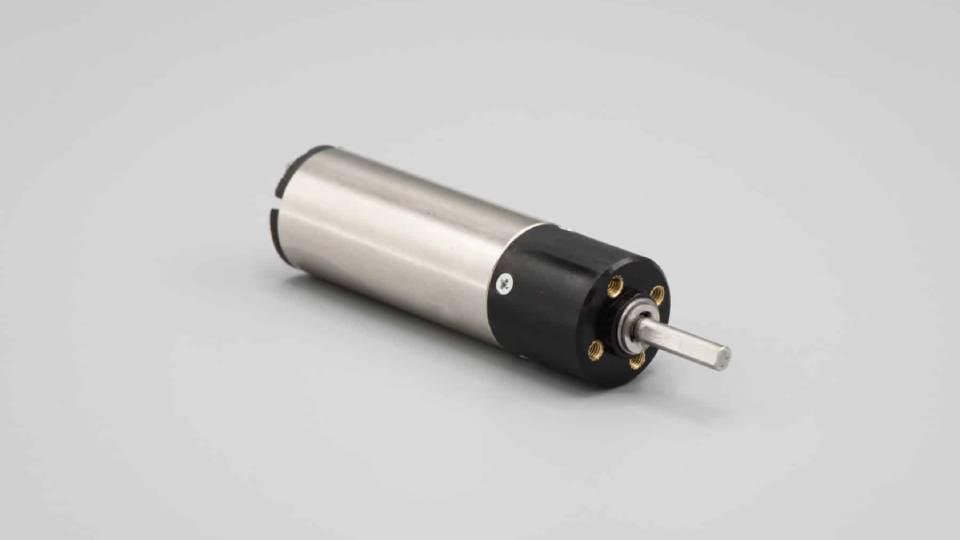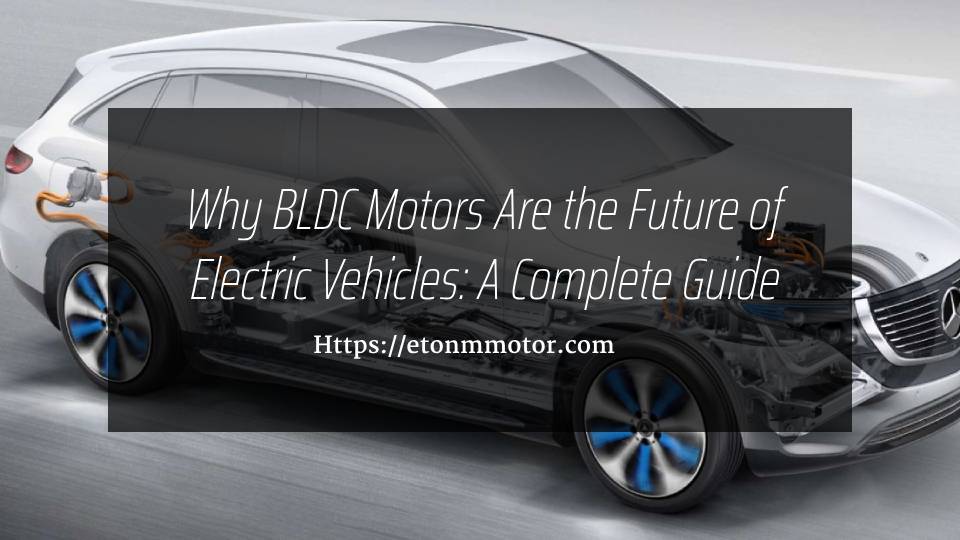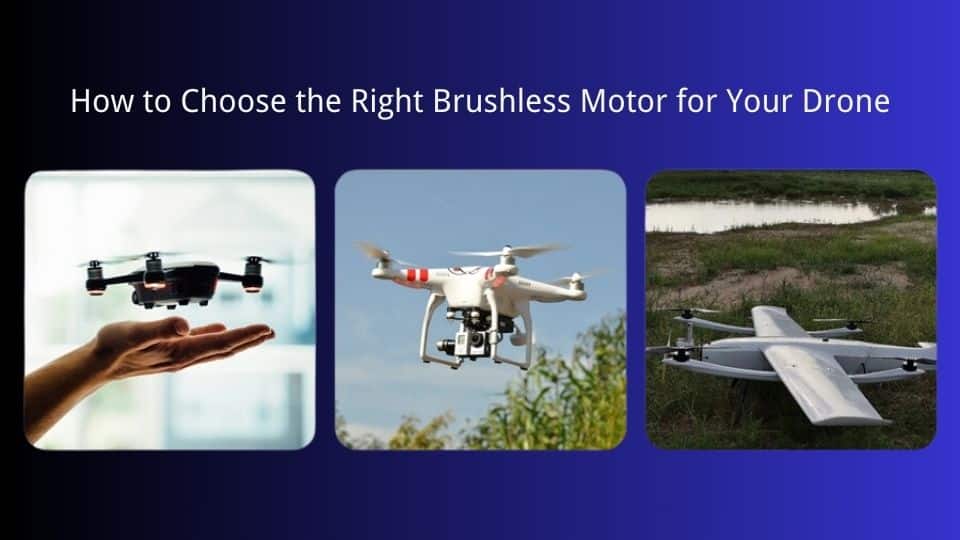Discover how Brushless DC Motors are transforming electric tools with longer life, less noise, and better performance. Learn why they’re replacing brushed motors in power tools like wrenches and grinders.
Table of Contents
Introduction
Picture this: you’re halfway through a DIY project, and your old electric drill starts making that dreaded grinding noise—like it’s begging for a break. Chances are, it’s a brushed motor on its last legs, worn out from all those spinning carbon brushes. Enter the Brushless DC Motor (BLDC for short), the game-changer that’s quietly taking over the power tools world. Unlike its brushed ancestors, a Brushless Motor ditches the messy, wear-prone brushes for sleek electronic controls, delivering longer life, quieter operation, and power that doesn’t quit. From cordless wrenches to high-speed grinders, these motors are making tools lighter, safer, and way more efficient. In this post, we’ll unpack why Brushless DC Motors are the future of electric tools—and why you might never go back to the old way once you’ve tried them.
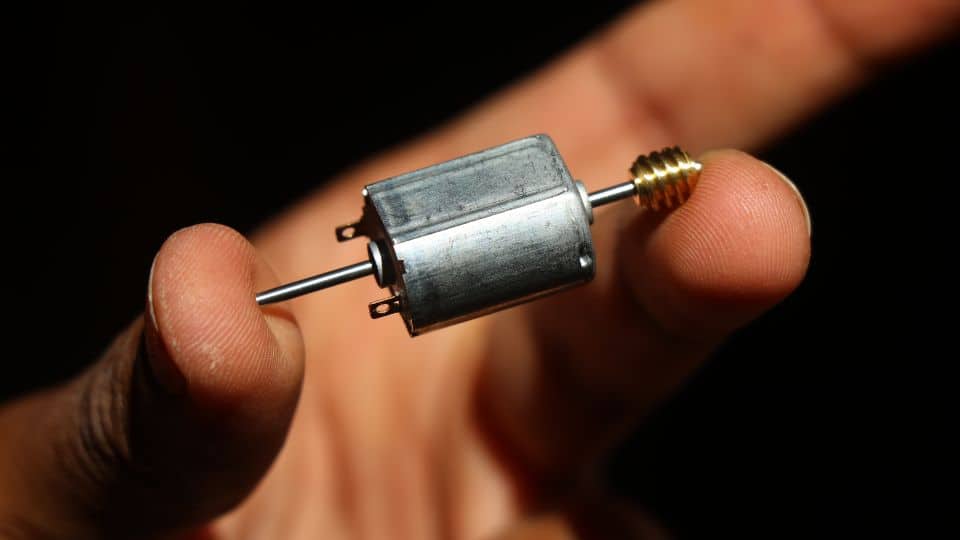
What Is a Brushless DC Motor, Anyway?
If you’ve ever wondered what’s powering the latest wave of slick, quiet power tools, the answer’s probably a Brushless DC Motor—or BLDC, if you’re into acronyms. These motors are shaking things up by ditching the old-school carbon brushes that used to wear out faster than a cheap pair of sneakers. But what exactly makes them tick? Let’s break it down without getting lost in the tech weeds.
Brushed vs. Brushless: The Basics
Think of a traditional brushed motor as the loud, clunky cousin at the family reunion. It relies on carbon brushes to switch electrical current, which works fine until those brushes grind down, spark like a tiny fireworks show, and leave you with a dead tool. A Brushless DC Motor flips the script: instead of brushes, it uses electronic Hall sensors—or sometimes no Hall at all—to handle that phase-switching magic. The result? Less wear, less noise, and a motor that doesn’t need a pit stop every few months. It’s like upgrading from a flip phone to a smartphone—same job, way better execution.
Learn more about BLDC Motor vs Brushed Motor: Which is Better for Your Needs?
How BLDC Works in Simple Terms
Here’s the gist: a Brushless Motor runs on DC power, but it’s secretly an AC motor in disguise. It needs a steady DC supply—like from a battery or rectified AC—to feed its coils, which get turned on and off in sequence by a control chip. That’s where the Hall sensors come in, acting like traffic cops to keep everything moving smoothly. Sure, this setup needs more wiring and fancy switch tubes than a brushed motor, which bumps up the cost a bit. But the trade-off is a tool that lasts longer and runs quieter—perfect for grinding or cutting without waking the neighbors. And with tech getting smarter, some BLDC motors are even skipping the Hall sensors altogether, relying on slick algorithms to start up without a hiccup.
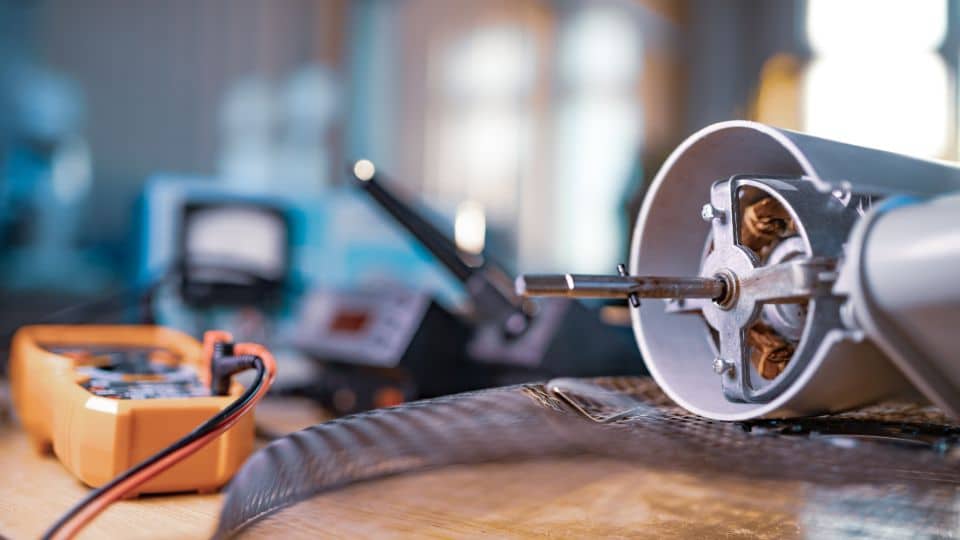
Why Power Tools Love Brushless Motors
Let’s be real: power tools aren’t just about getting the job done—they’re about doing it well, without a headache. That’s where Brushless DC Motors (BLDC) come in, flipping the script on what we expect from our drills, grinders, and wrenches. These motors aren’t just a fancy upgrade; they’re solving real problems that have plagued tool users for years. Here’s why pros and DIYers alike are falling hard for Brushless Motors.
Longer Life, Less Hassle
Ever had to stop mid-project to swap out worn carbon brushes on an old tool? It’s a chore nobody enjoys—kind of like changing a flat tire in the rain. A Brushless DC Motor kicks that headache to the curb by ditching brushes entirely, using electronic controls instead. The uploaded doc nails it: without those pesky carbon bits grinding away, you get a motor that lasts longer and doesn’t burn out when you forget maintenance. For folks using tools daily—like mechanics or carpenters—that means less downtime and more work done.
Power and Efficiency That Packs a Punch
Brushless Motors aren’t just durable; they deliver serious muscle with better efficiency. The way BLDC tech manages power—think precise coil pulsing—means you get more torque and speed control than a brushed motor could dream of. Studies show these motors can stretch battery life by up to 50% in cordless tools, which is a game-changer for something like an electric wrench tackling stubborn lug nuts. You’re not just saving juice; you’re getting a tool that hits harder and runs longer—perfect for grinding metal or powering through thick wood.
Safety and Comfort in Your Hands
Here’s the kicker: Brushless DC Motors make your workday quieter and safer, too. The uploaded doc points out how they slash noise compared to brushed motors—imagine grinding without that ear-piercing whine. Plus, with DC voltage driving them, they’re inherently safer than high-voltage AC setups, especially in wet conditions. And some BLDC-powered tools, like cutting machines, have smart features: if the blade jams, the motor stops instantly, protecting both the gear and your fingers. It’s comfort and peace of mind rolled into one sleek package.
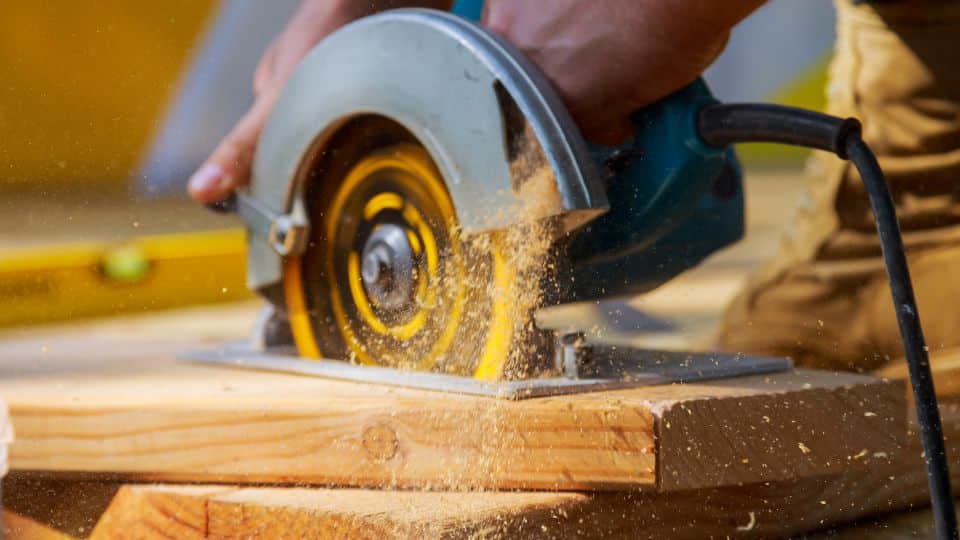
Brushless DC Motors in Action: Tool Examples
Alright, enough talk about how Brushless DC Motors work—let’s see them strut their stuff in the tools you might actually use. From wrenching tires off a car to slicing through metal, BLDC motors are popping up in all the right places, making life easier for pros and weekend warriors alike. The uploaded doc spills the beans on a few killer examples, so let’s dive into how these Brushless Motors are powering up electric wrenches, grinders, and cutting machines.
Electric Wrenches Go Cordless
Imagine you’re roadside, swapping a flat tire, and your old-school wrench is wheezing like it’s ready to retire. A Brushless DC Motor changes that game entirely. Pair it with a drive control device and a clutch, and you’ve got an electric wrench that’s compact yet strong enough to loosen stubborn bolts—think automotive lug nuts that haven’t budged in years. Add a rechargeable battery, and it’s portable too, no cord dragging you down. The doc nails it: this setup ditches the brush maintenance hassle, so you’re not stuck tinkering with your tool instead of fixing the car.
Grinders That Keep It Cool
Grinding metal or smoothing welds can feel like a battle—noise, heat, and a tool that quits when you need it most. Enter the electric grinder with a Brushless Motor. The doc highlights how BLDC tech lets you tweak the speed based on your workpiece, keeping things under control without overheating the motor. No more brush swaps, less racket than a brushed grinder, and since it runs on DC voltage, it’s safer in messy shop conditions. It’s the kind of tool that makes you wonder why you put up with the old stuff for so long.
Cutting Machines with Smarts
Ever had a cutting blade jam and felt that split-second panic? Brushless DC Motors in cutting machines are like a safety net with brains. The doc points out how they adjust speed to keep cuts consistent, even as the blade wears down—perfect for clean, reliable results. But here’s the real win: if something jams, the motor stops dead, protecting the gear and, more importantly, you. Big cutting force meets smart control, turning a sweaty job into something almost effortless. It’s no wonder these BLDC-powered tools are stealing the show.
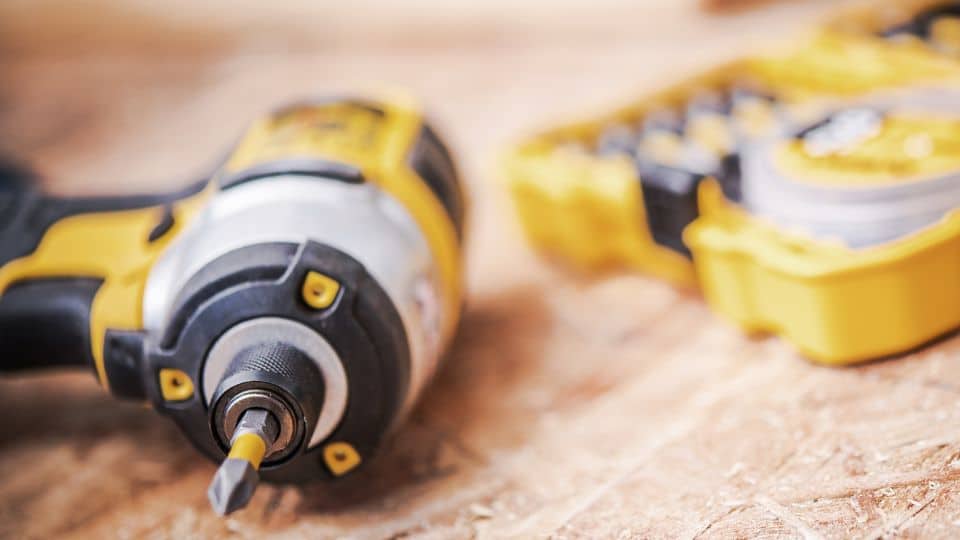
The Future of Brushless Motors in Power Tools
So, we’ve seen how Brushless DC Motors are rocking the power tool world today—but what’s next? These little powerhouses are only getting started, and the future looks bright (and quieter) for anyone swinging a wrench or firing up a grinder. The uploaded doc drops some hints about where BLDC tech is headed, and it’s clear we’re on the cusp of something big. Let’s peek at the trends and why Brushless Motors might soon be the only game in town.
Tech Trends to Watch
Brushless DC Motors are shedding their old limits like a snake ditching its skin. One cool shift? Hall-less starting. The doc mentions how ditching Hall sensors—those little phase-switching helpers—could smooth out instant-start torque hiccups with the right algorithms. Imagine a cordless drill that fires up flawlessly every time, no sensors needed. Then there’s size: high-power electronics are shrinking fast, boosting the energy-to-volume ratio. The doc predicts this could make BLDC motors cheap and compact enough to invade small appliances and power tools en masse—think hairdryers to heavy-duty cutters. Even electric vehicles ditched brushed motors for Brushless Motors years ago; power tools might just follow that playbook.
Why It’s Worth the Upgrade
I’ll say it straight: once you go BLDC, you don’t go back. The doc lays out the big picture—carbon brushes are a relic, doomed by their own wear-and-tear flaws. Brushless DC Motors sidestep that mess, and as costs drop (thanks to bigger production and better tech), they’re poised to take over. Picture this: your next grinder or cutting machine, lighter, quieter, and tougher than ever, all powered by a Brushless Motor that laughs at maintenance. Sure, they cost more upfront—those control chips and wiring don’t come free—but the payoff in lifespan and efficiency is hard to argue with. For pros burning through tools or DIYers sick of mid-project breakdowns, it’s an upgrade that feels less like a splurge and more like a no-brainer.
Conclusion
So, there you have it—Brushless DC Motors are rewriting the rules for power tools, and it’s hard not to get excited about it. From ditching the headache of worn-out carbon brushes to delivering serious power in tools like wrenches, grinders, and cutters, BLDC motors bring durability, efficiency, and a little peace and quiet to the workshop. The uploaded doc drives it home: these motors aren’t just a trend; they’re the future, with tech like Hall-less starting and shrinking sizes ready to push Brushless Motors into every corner of our toolboxes. Whether you’re a pro who can’t afford downtime or a DIYer tired of tools that fizzle out, the switch to BLDC feels inevitable—and honestly, pretty darn worth it.
What’s your take? Have you tried a Brushless DC Motor-powered tool yet, or are you still rocking the brushed classics? And if you’re ready to see what these motors can do for your next project, check out Etonm Motor’s Brushless Motor lineup. Here’s to tools that work as hard as you do!
Related Reading
- Power Up Precision: High-Speed Brushless DC Motors for Screwdrivers
- Why Brushless DC Motors Are a Game-Changer for Hair Dryers
- Brushless DC Motors: Key Uses in Smart Home, Medical & Robotics
- How to Choose the Right Brushless Gear Motor for Your Application
- How to Choose the Right Brushless Motor for Your Drone: A Complete Guide
- Brushless DC Motors in Medical Devices: The Ultimate Guide to BLDC Motor Applications
- Top 5 Applications of Brushless DC Motors in Industrial Automation
- How to Choose the Right BLDC Motor for Robotics Applications
- How Brushless DC Motors Power Modern Household Appliances
- Smart Lock Motor Solutions for Modern Security

